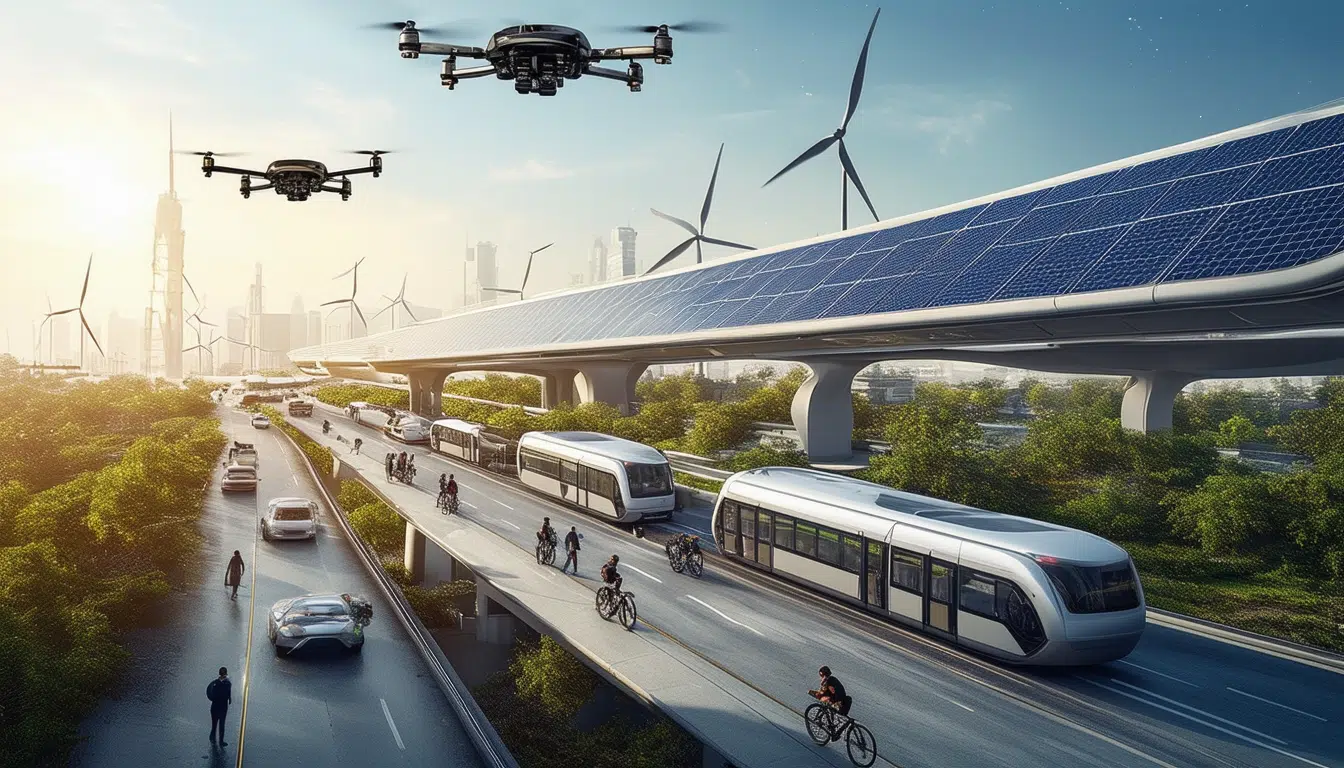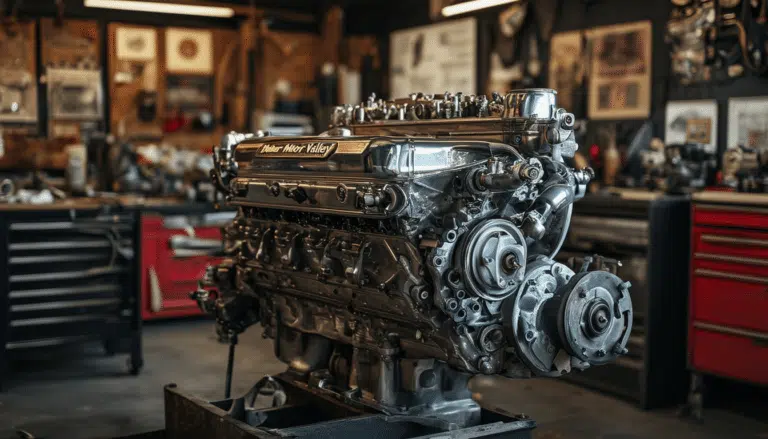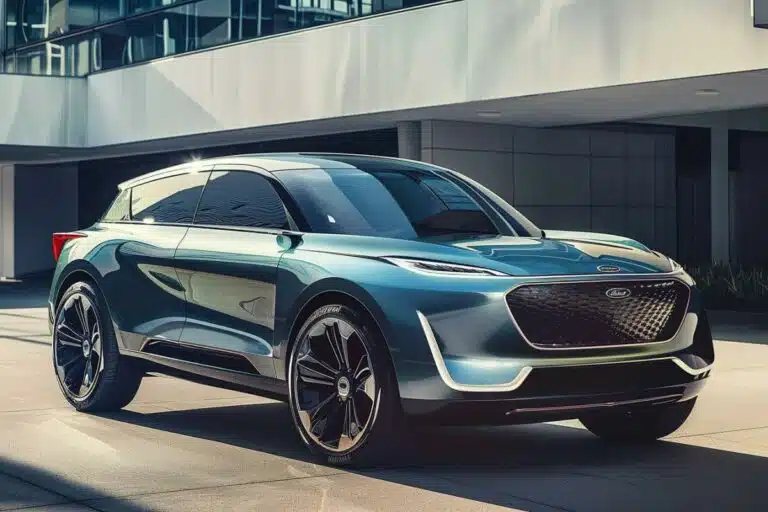The future of energy efficiency in transportation

Energy efficiency has become a fundamental pillar in the transformation of transportation towards a more sustainable model. As we face environmental challenges and the need to optimize resource use, the search for new technologies and methods to improve efficiency in transportation is crucial. Renewable energies are playing a key role in this evolution, not only by reducing pollution emissions but also by promoting more accessible and environmentally friendly mobility systems. The implementation of energy efficiency strategies in the transportation sector aims not only to mitigate environmental impact but also to generate significant savings in operating costs, thus paving the way towards a greener and more efficient future.
Energy efficiency in the transportation sector is rapidly transforming due to various factors, including pressure to reduce CO2 emissions, technological advancements, and the growing demand for sustainable solutions. This article analyzes the innovations and key strategies shaping the future of energy efficiency in transportation, as well as their impact on urban and rural mobility.
Sustainable mobility strategies
Sustainable mobility strategies are essential for improving energy efficiency. In this context, the use of public transport plays a crucial role. Tram, electric bus, and intercity train systems are designed to maximize the number of passengers per trip, effectively reducing the amount of energy consumed per person. Additionally, intelligent management systems are being implemented to optimize routes and schedules, reducing wait times and unnecessary energy consumption.
Integration of renewable energies
The incorporation of renewable energies in the transportation sector is another essential aspect. Sources like solar energy and wind are being used to power charging infrastructure for electric vehicles, thereby reducing dependence on fossil fuels. This trend not only helps decrease pollution but also contributes to the decarbonization of mobility, allowing transportation to be more sustainable and accessible.
Advances in vehicle technologies
Technological advancements continue to revolutionize the design and operation of vehicles. The electrification of transportation is one of the most significant trends. New models of electric vehicles are being designed to be more efficient, with engines that can achieve energy efficiency of 98.5%, allowing for greater range and lower operating costs. Additionally, manufacturers are adopting advanced technologies such as IoT and digital twins to improve maintenance and logistics, increasing energy transport efficiency by up to 30%.
Reducing consumption in urban transportation
In the urban context, the improvement of energy efficiency is observed in the implementation of low emissions zones, where the circulation of polluting vehicles is restricted. Government initiatives are essential to promote the use of biodiesel and hydrogen, encouraging a shift towards zero emissions transportation that respects the environment. These policies not only benefit the surroundings but also translate into significant economic savings for cities.
Impact of technology on energy consumption
Technological innovations are redefining how energy is consumed and managed in transportation. Artificial intelligence allows for dynamic adjustments to public transport fares and schedules to improve occupancy and efficiency. At the same time, developments in alternative fuel technologies are becoming more accessible, opening new possibilities for enhancing energy efficiency across all transportation segments.
The role of maintenance in energy efficiency
An often overlooked aspect of energy efficiency is the proper maintenance of vehicles. Regular maintenance ensures that vehicles operate optimally, which not only extends their lifespan but also improves their fuel consumption performance. Drivers can implement simple changes, such as maintaining correct tire pressure or conducting regular checks, to optimize energy use and reduce costs. For more information on how to improve vehicle performance, you can visit this link.
Challenges and opportunities
Despite advancements, there are still multiple challenges facing policymakers and industry stakeholders in attempting to implement energy efficiency in transportation. This includes insufficient charging infrastructure for electric vehicles and the need for energy efficiency advisory services for small and medium-sized enterprises. As new strategies and technologies are developed, opportunities to enhance transportation efficiency will continue to grow. To learn more about the economic benefits of energy efficiency, check out this article.
Conclusion
The transition towards a more sustainable future in transportation requires a combination of technological innovation, effective public policies, and active participation from citizens. With increasing awareness of sustainability, energy efficiency in transportation presents not only a challenge but also an opportunity to rethink our mobility system as a whole.
The future of energy efficiency in transportation appears as an essential component in the fight against climate change and the pursuit of a more sustainable mobility system. As technologies advance, we see a growing integration of renewable energy systems, such as electricity and hydrogen, that promote emission reductions and responsible resource consumption. These developments not only benefit the environment but also enhance the profitability and efficiency of transportation operations.
The implementation of energy efficiency strategies is fundamental for the transportation sector. Government policies and private initiatives are increasingly focused on reducing operating costs, lowering energy expenditure, and promoting the use of technologies that optimize performance, such as the Internet of Things (IoT) and digital twins. These tools enable real-time analysis that could increase energy efficiency by up to 30% across various modes of transportation.
In the realm of public transportation, electrification is emerging as a priority. Fleets of electric vehicles and their advanced charging infrastructure are revolutionizing how people move within cities. The key lies in creating an ecosystem that favors clean mobility, where intermodality and universal access to efficient transport are the standard.
As the world moves towards a low-carbon future, the commitment to sustainability in transportation is more relevant than ever. The path towards efficient mobility is not only technical but also social, requiring collaboration from governments, businesses, and citizens alike.




